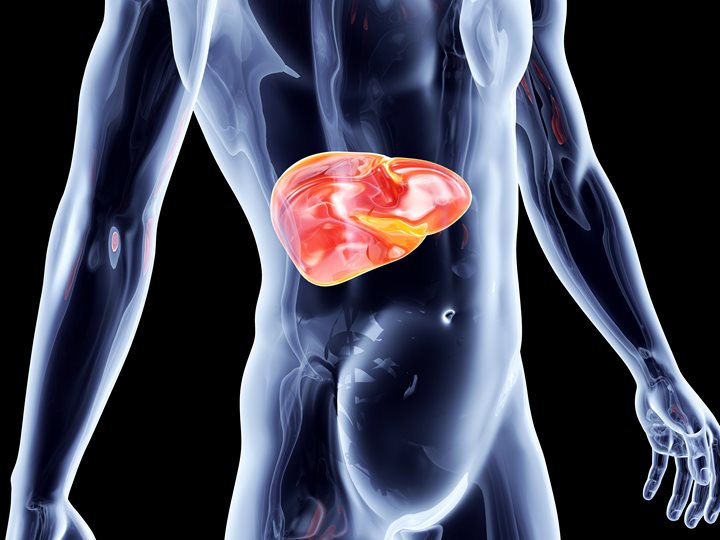When the healthy tissue of your liver has been replaced with scar tissue, your liver begins to not function properly. This is a later stage of liver damage known as cirrhosis. If diagnosed early and treated correctly, the progression of liver damage can be slowed. Here is a look at what can cause cirrhosis.
Symptoms
Cirrhosis symptoms are sometimes the first signs of liver disease. Symptoms include:
- Bleeding or bruising easily.
- Water buildup in your legs and/or abdomen.
- Jaundice, a condition in which your skin and eyes may take on a yellow color.
- Itchy skin.
- Increased sensitivity to medications and their side effects.
- resistance and type-2 diabetes.
- Toxins can build up in your brain, causing problems with concentration, memory, sleeping, or other cognitive functions.
- Blood may back up because of blockage in blood vessels leading to your liver, possibly causing these blood vessels to burst.
Causes
A healthy liver is able to repair (regenerate) itself when injured. Each time your liver suffers an injury, scar tissue develops as it regenerates. However, as the cirrhosis progresses, excess scar tissue forms and makes it harder for your liver to function normally. It can take several years for damage to result in cirrhosis. Causes of cirrhosis include:
- Chronic Alcoholism: The leading cause of cirrhosis in the United States is chronic alcohol abuse. A high consumption of alcohol can cause the liver to swell. Over time, this can result in cirrhosis.
- Chronic Viral Hepatitis: The second leading cause of cirrhosis in the United States is chronic hepatitis C. Hepatitis C can cause the liver swell, which can eventually lead to cirrhosis. The condition can also be caused by hepatitis B and hepatitis D.
- Nonalcoholic Steatohepatitis (NASH): Nonalcoholic steatohepatitis (NASH) is recognized as a buildup of fat in the liver that is not caused by alcohol. NASH can cause your liver to swell, leading to cirrhosis. NASH is usually associated with other health issues such as diabetes, obesity, high cholesterol, coronary artery disease, and poor diet.
- Bile Duct Disease: Bile duct disease limits or prevents bile from flowing to your small intestine. This causes the bile to back up in your liver. The liver then swells, leading to cirrhosis. Primary sclerosing cholangitis and primary biliary cirrhosis are two common bile duct diseases.
- Genetic Diseases: There are some genetic diseases that can cause cirrhosis. They include Wilson disease, hemochromatosis, glycogen storage diseases, Alpha-1 antitrypsin deficiency, and autoimmune hepatitis.
Risk Factors
The following factors can increase your risk of liver cirrhosis:
- Alcohol abuse: Consuming 5+ drinks in one day at least 5 out of the past 30 days puts you at risk.
- Women: Because women don’t have as many enzymes in their stomachs to break down alcohol particles, more alcohol can reach the liver and form scar tissue.
- Genetics: Some people are born with a deficiency in enzymes that contribute to eliminating alcohol.
- Other: Obesity, a high-fat diet, and hepatitis C also increase your chances of having alcoholic cirrhosis.
Featured Image Source: DepositPhotos / © Spectral



